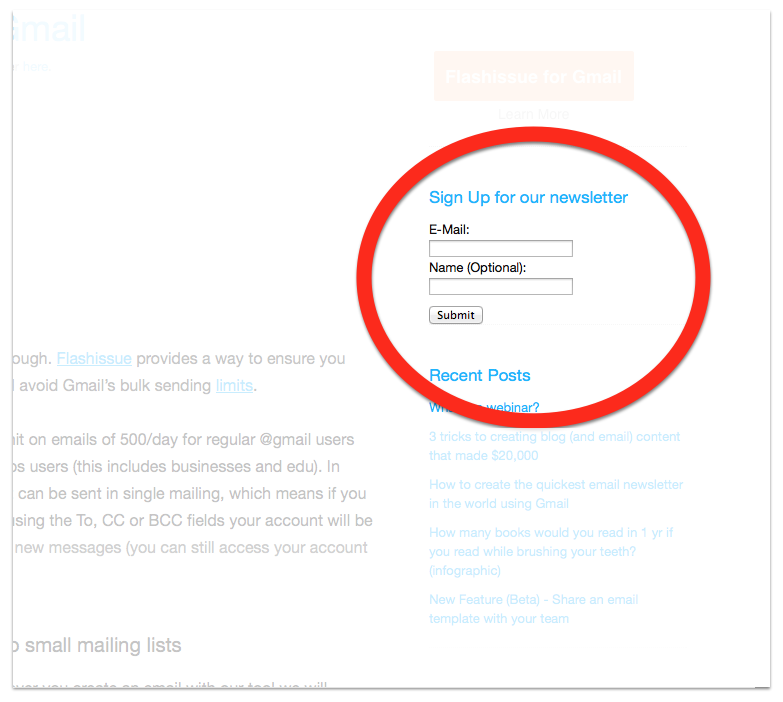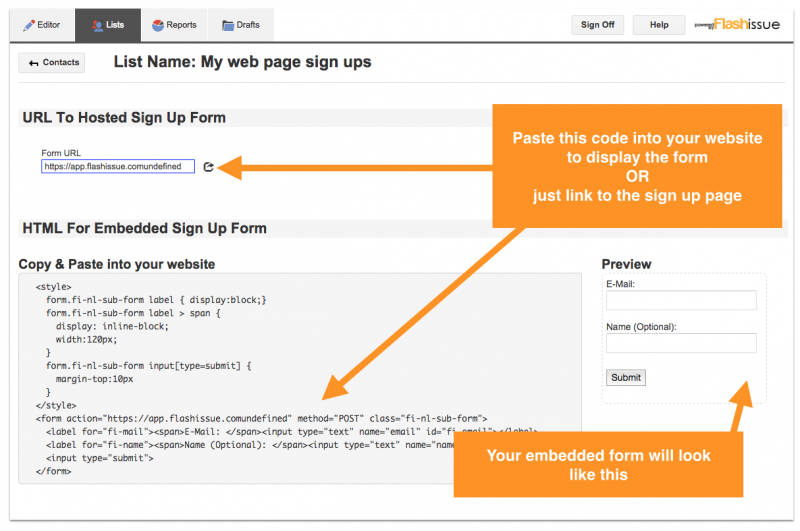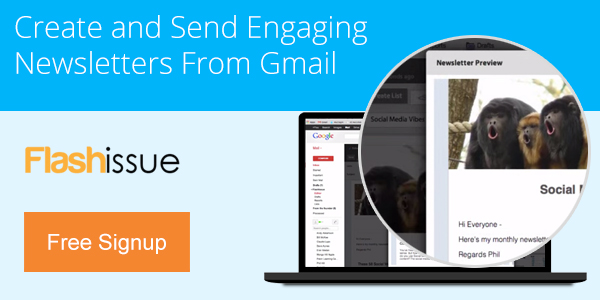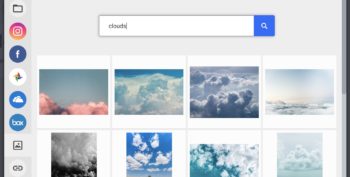Email Marketing
What is opt in email marketing?
Nov 26, 2014
What is opt in email marketing?
Let’s state the question another way; who am I allowed to send emails to?
Opt in email marketing is when you send bulk email to people who have expressly given you permission to send them your emails.
This by definition means they have submitted their email to you indicating that they want to receive your emails – usually through a web sign up form.
In short, you should not be emailing people bulk email if they have not indicated they wish to receive your emails otherwise you’ll start seeing rejected emails (bounces) and spam reports .
Only when people proactively “raise their hand” and say I’d like to receive your email updates and here’s my email address, are they seen as good for opt in email marketing.
How do I adopt opt in email marketing?
The most effective way to create a clean and healthy email list is to funnel people through a double opt in email marketing process.
You can either direct people to a stand alone sign up page for your mailing list – like this one – or embed a sign up form on your blog. Once someone enters their email address in the form (single opt in) they will receive a confirmation email containing a link they need to click to complete the opt in (double opt in).
Flashissue offers a web sign up form for all of it’s mailing lists.
Examples of positive opt in email marketing
Someone comes to my website and completes a sign up form requesting to be added to my newsletter updates.
Someone signs up for my company’s service online or buys a product from my store and they check a box that says “send me email updates”.
Someone drops a business card in my fish bowl at my exhibition stand and the sign clearly says “add me to your email list”.
Examples of email campaigns that are likely to get high bounce rates or spam reports?
I run a car dealership and people who visit my showroom drop their business cards into a fish bowl to enter a contest.
I downloaded all my LinkedIN email addresses and add them to my address book. Then I send these people an email.
I purchased a mailing list from a reputable source and I’m sending my newsletter to it.
Is emailing people I personally know and store in my address book spam?
If you know these people and have some form of personal relationship with them, sending an email to them is not necessarily considered spam but you should still be providing them an option to unsubscribe and telling them why they are receiving your email.
Why should I care about opt in email marketing?
If you are not using opt in emailing marketing then invariably you’ll be getting high bounce rates and spam reports made against you. A reputable email service provider will have automated systems that detect this and you will be removed from their service.
If your brand or image is important to you, it’s going to suffer if you keep sending people emails they do not ask for. At best you’ll start to look bad; at worst you’ll start alienating your audience and driving them away.
Why do email service providers care about the quality of my mailing list?
In short a few bad eggs can spoil it for everyone. Email services can only maximize the chances of delivering your emails when their service keeps a high reputation for ALL senders on their platform.
Once an email service gets a poor reputation with the likes of Gmail, Yahoo or the internet service providers, it can no longer maintain good delivery rates (i.e. your emails get sent to the spam folder of recipients or your emails get blocked altogether) and cannot therefore offer a reliable service.
When you send out an email via an email service like Flashissue we use a shared reputation system that includes everyone. If you ruin the reputation of that service for yourself with high bounce rates and high spam you ruin it for everyone else.
What is spam and what is an acceptable spam rate?
Email spam, also known as junk email or unsolicited bulk email (UBE), is an identical messages sent to numerous recipients by email.
Unsolicited means that the Recipient has not granted verifiable permission for the message to be sent. Bulk means that the message is sent as part of a larger collection of messages, all having substantively identical content. A message is Spam only if it is both Unsolicited and Bulk. Unsolicited Email is normal email.
The rule of thumb says that spam reports should be below 1/4% of your total mailing.
How do I reduce my spam rate?
Permission reminders can be used to reduce your spam rate – they help the recipients understand how email addresses are being obtained, and to allow a more streamlined unsubscribe process if they desire to be no longer contacted. A permission reminder is a best practice that will help to keep legitimate recipients of your mail from inadvertently marking your messages as spam.
This reminder consists of a small block of text located adjacent to your unsubscribe link (in the email footer works well for Flashissue), reminding customers where you obtained their information from and how they came to be found on your recipient list.
This serves to inform recipients of a preexisting relationship with you and that you are not sending them unsolicited mail. It’s important to be very specific with this information, and it often works best when prominently featured at the beginning of your message. If someone doesn’t want to receive mail from you, give them the easiest removal process possible and to let them know that you did have an established relationship with them, as an unsubscribe is preferred to a spam report.
Learn more about permission reminders here.
What are email bounces and what is an acceptable spam rate?
When an email message cannot be delivered to an email address, it’s called a bounce. There are lots of different reasons why emails bounce so, when it happens, a “return to sender” message is sent from the recipient’s mail server to explain why. Two common reasons for bounces are:
- Your email list is outdated or poor and contains emails that no longer exist.
- The recipients email software flags your email as unwanted and rejects the delivery.
The rule of thumb says that bounces should be below 10% of your total mailing.
Sign up for Flashissue
Send marketing emails from Gmail that get delivered
Related articles
Continue reading







